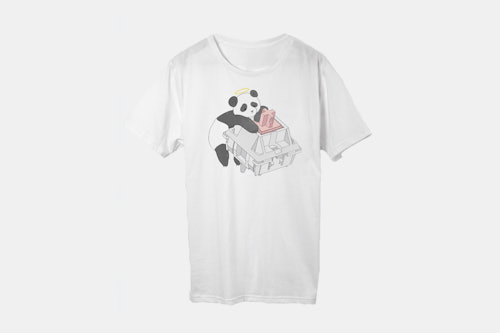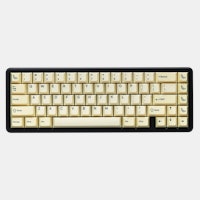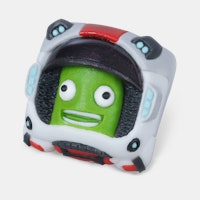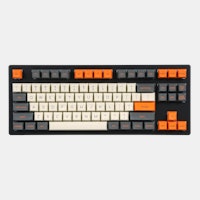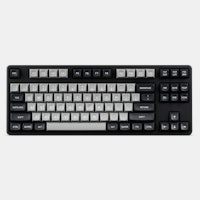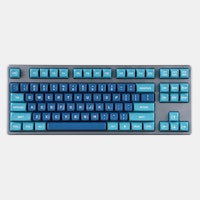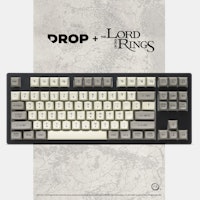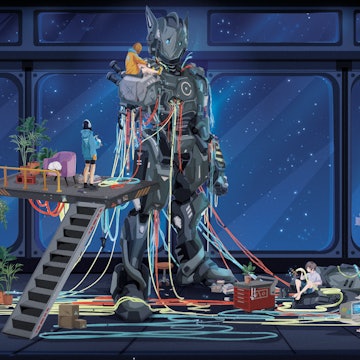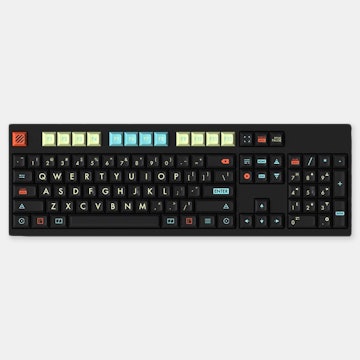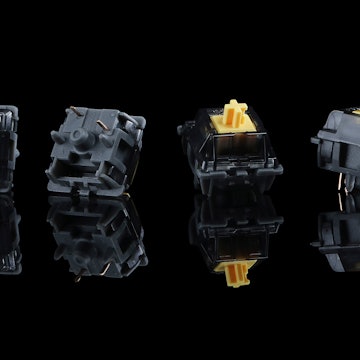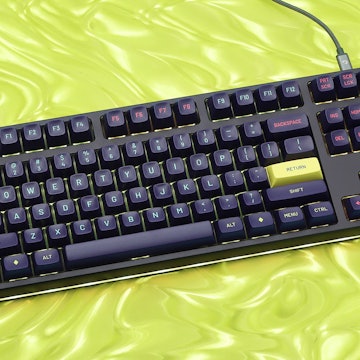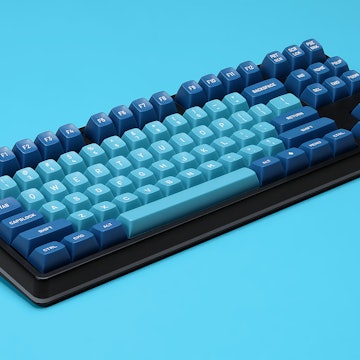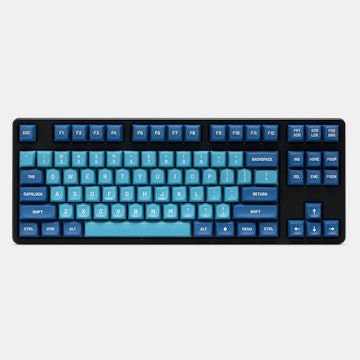Click to view our Accessibility Statement or contact us with accessibility-related questions











TheKey.Company Holy Panda T-Shirt/Hoodie
TheKey.Company Holy Panda T-Shirt/Hoodie
bookmark_border
Where's the price?
To negotiate the best possible price for our customers, we agree to hide prices prior to logging in.
582 requests
·
76 Sold
Product Description
The Holy Panda switches rocked the world of mech keys just a short while ago. In tribute to these hyper-tactile switches, artist WinTheArt made this fun illustration Read More

search
close
Sort by: Newest
keyboard_arrow_downstuey138
99
Feb 22, 2019
Just got an email saying a label was put with UPS and that it will arrive on March 1st! Shipping 3 weeks early, nice job MD.
alec.wong
18
Jan 25, 2019
moldyCheeseAccording to my girlfriend who works at a textile shop that sells Bella + Canvas branded shirts, they are preshrunk! I was concerned with this too also ordering a small instead of a medium.
mixy
78
Jan 24, 2019
Why is the switch pink? Shouldn't it be peach as per the irl version?
Liked the Hoodie but I wish the hoodie was pink. :/

Buzzmx
5
Jan 24, 2019
Was going to get one, but the international shipping was almost as much as the T-shirt.
It's too much. The postage for 50 of the switches was less :P
(Edited)

TheKeyDotCompany
82
TheKeyDotCompany
Jan 23, 2019
stuey138The patches and stickers were a TKC exclusive, sorry.

EliN
140
Jan 25, 2019
TheKeyDotCompanyWhy is the sticker pictured then? Do the shirts ship with a complimentary sticker?
bren-square
75
Jan 22, 2019
So... +30 dollars for a hoodie makes this $55 bucks. So the material markup plus labor costs are more than double for a hoodie? You can find this brand of hoodie on amazon for anywhere from $9 to $30 depending on your size and that's just for ONE blank hoodie without discounts on bulk purchase. Pricing seems gougey to me.
(Edited)
bren-square
75
Jan 24, 2019
Thank you for the additional information. If you have time, can you explain a more in depth walkthrough of what a setup entails? I'm very curious but still feel that these prices do not reflect a normal and reasonable margin. I assume that, given the current market and mass production techniques, that this sort of thing (even if it's two setups) shouldn't warrant more than 100% increase in price between the t-shirt and hoodie. But please (and I am serious, not being sarcastic) if you have time, I would love to learn more! Thanks :D
(Edited)

Karisa
6
Jan 24, 2019
bren-squareIt starts in the art department with a graphics artist. Anything from a resize, change in position, recolor, etc means the graphics artist has to modify it and get it ready to print onto film. Each color including bases are a seperate image. Each one of those is then printed onto a film which are then placed on the screen in the proper place. (This is done with measuring tools because each film has to be placed on exactly the same spot on their respective screens) Once that's done the screens are burned, films are removed, and the screens are washed, prepped, taped, and labeled. They are then taken to the presses and setup. If they need a flash, basically a high powered heat lamp to dry the ink between screens, that's setup in place of a screen. Ink goes in and they begin testing the print, so if you place a film even 1/16 in off they will find out here and that screen may have to go back to that step. Once the test prints are done they either take pictures for final approval from the buyer or you have to send out samples if the buyer wants to ensure color accuracy and such in person. This whole process can take up to half a day (sometimes more if there are issues or the superstar you are printing for is unreachable on their yacht) depending on complexity and amount of colors and it involves people from almost every department. The biggest thing with hoodies is the flash slows down the printing considerably as the flash takes longer than the screen to print. So let's say a tshirt takes 1 second to print per color and their are 5 colors, that's five seconds to print. Now for a hoodie it may be 1 second per screen but 1.5 per flash with as many flashes as screens, that's 12.5 seconds per shirt. (Somewhat of an oversimplification, but you get my point, hopefully) On the logistics side of things, hoodies are more expensive per piece to ship and store than tshirts from the printer.
Wolfie3018
15
Jan 21, 2019
I was ready to buy one of these overpriced shirts. But none of them are big enough for my fat body.

steveowashere
335
Jan 21, 2019
RiP $18 international shipping. Massdrop normal international shipping is like $7.
Showing 20 of 23
Recent Activity
